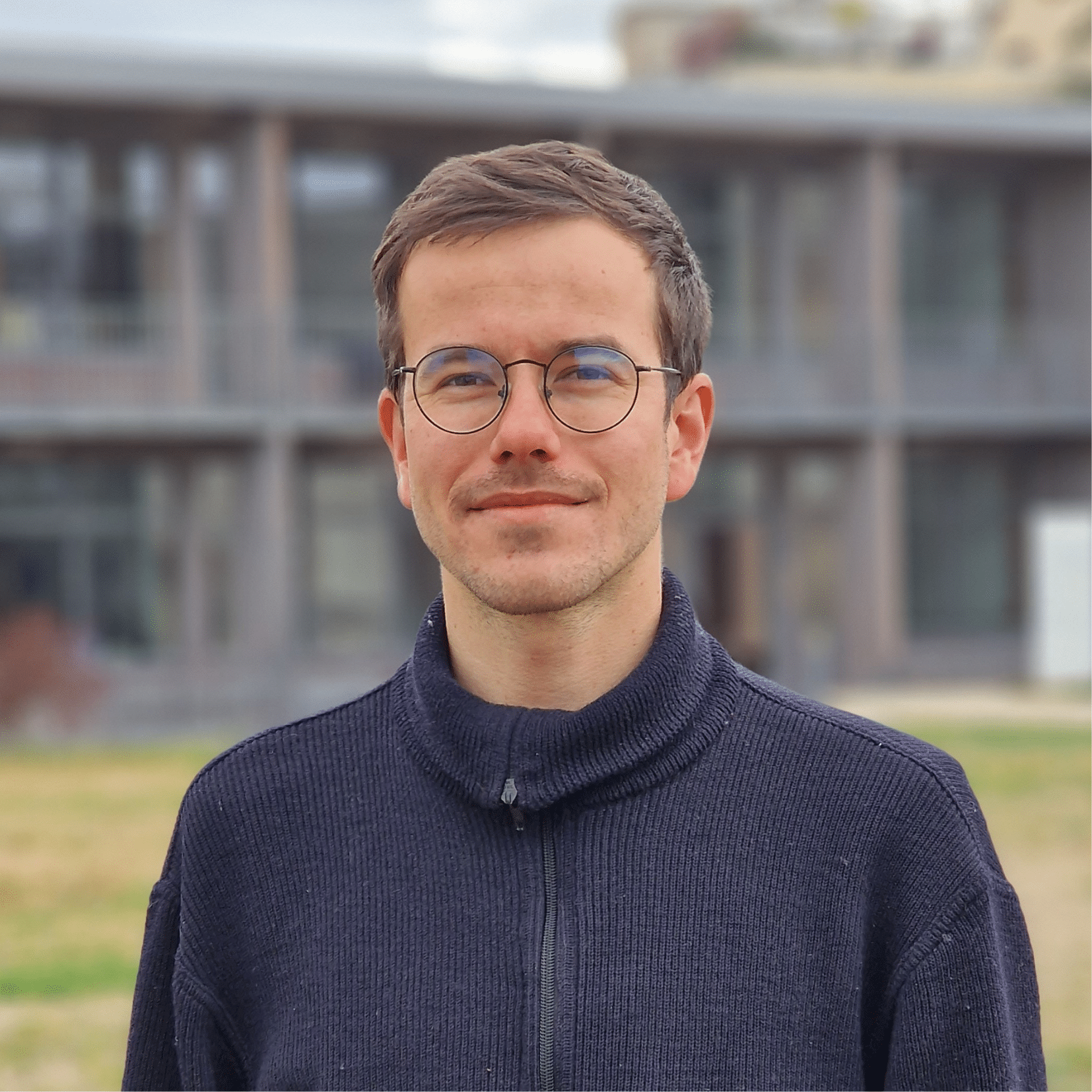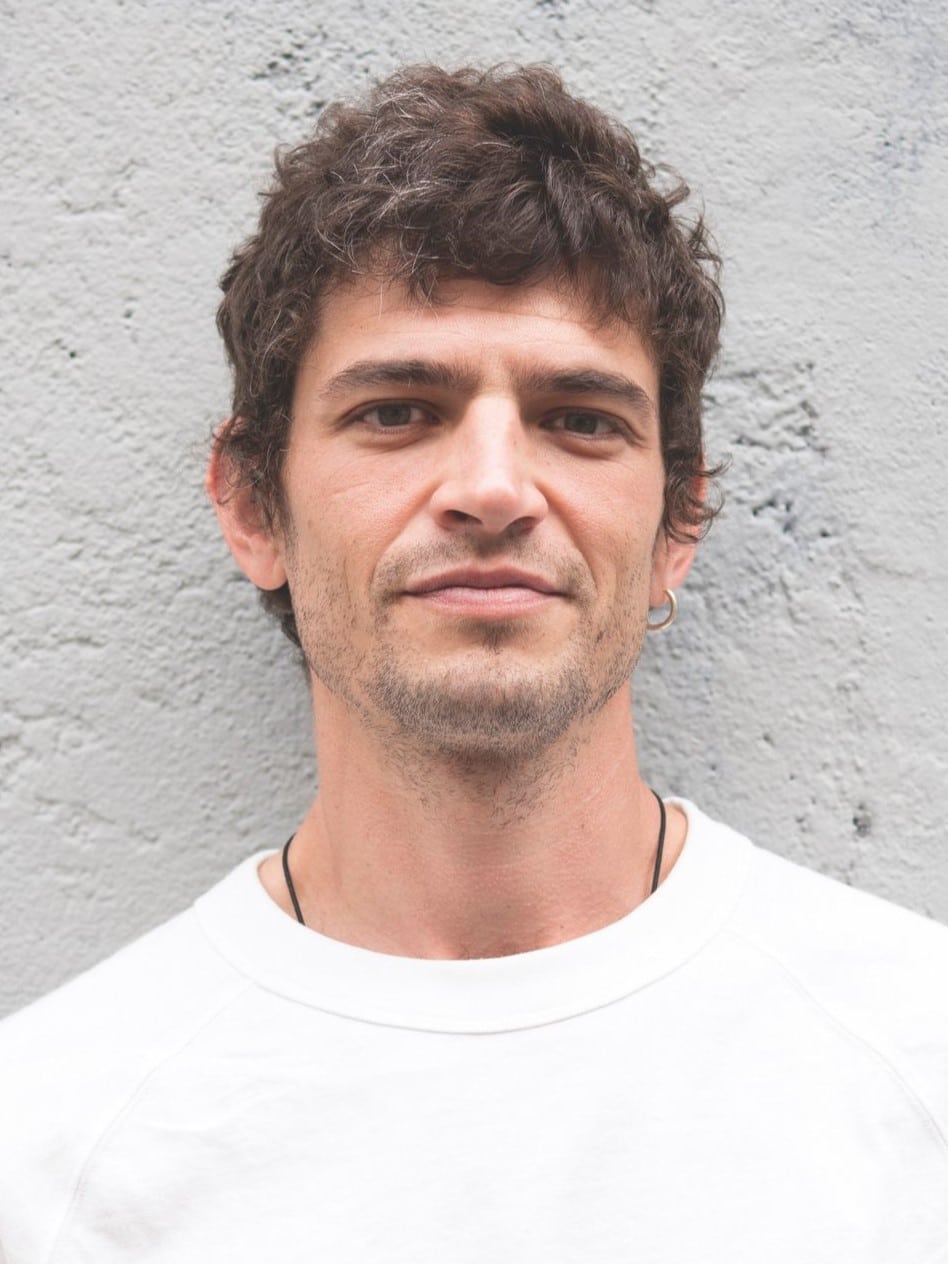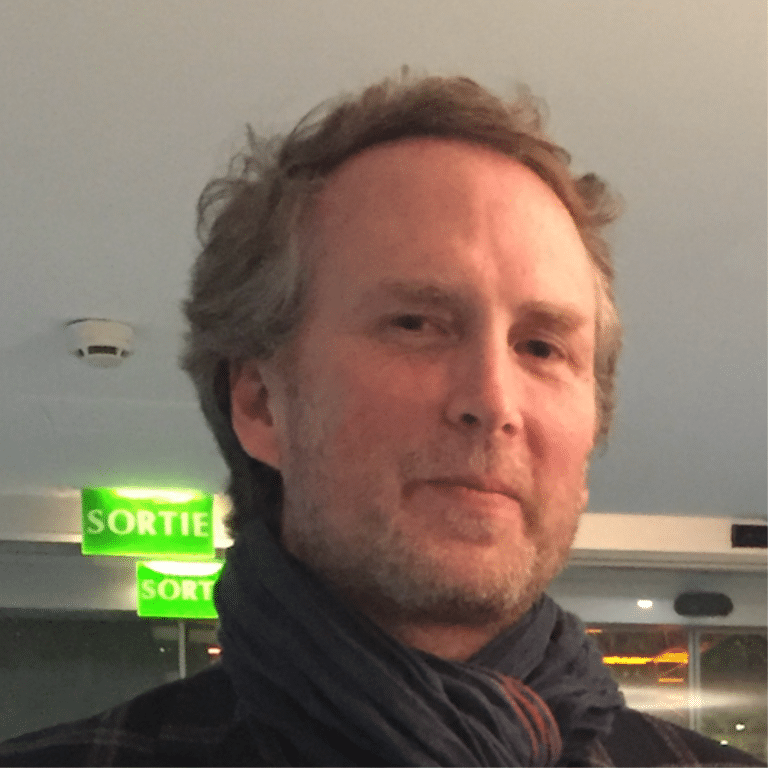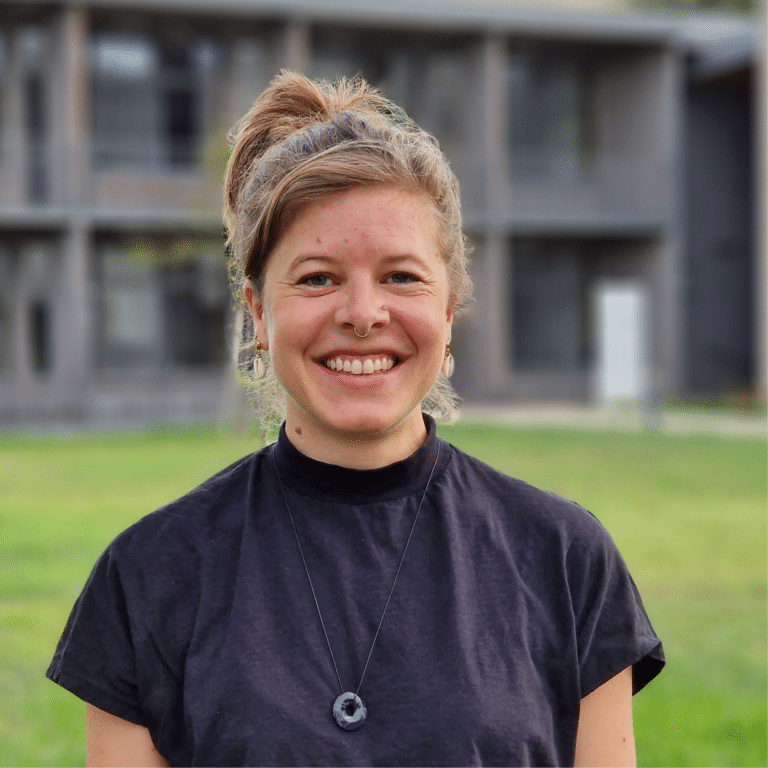
Credit: Andonian Timothée / Iméra
Sébastien Robert
Research project
Rise and Fall
Summary of the research project
As part of the Mucem/Iméra Fellowship, Sébastien would like to focus on a musical instrument that he always felt a strong emotion when listening to growing up in Nantes and travelling around Bretagne during his youth: the Bagpipe. Perhaps naively, he always thought this instrument was from there, and it was only recently that he started to investigate the matter more seriously. He was surprised to learn that, in reality, it is a trans-Mediterranean sonic practice that passed through and shaped part of the cities of Alexandria, Marseille and Athens without being even known by many people. The oldest reference to bagpipes appeared in Alexandria in about 100 B.C, under the name of Zummarah-bi-soan, Greek writings mention the presence of Gaidas in Athens in about A.D. 100, and it is commonly believed that Romans brought it to Marseille, known as Cornemuse, around the same period. In other words, it is a symbolic instrument of Mediterranean intercultural exchanges, which has evolved over the centuries before becoming popular in the rest of Europe. Interestingly enough, through time, the bagpipes became a regional symbol in Bretagne and a national one in Scotland, while it almost vanished from where it originally came from.
Research questions
Besides the obvious variations as ‘objects’ and in iconographic representations (both in imagery and imaginary), which highlight the multitude of bagpipes that exist; Sébastien would like to understand how different they are from each other by focusing my research on their musical and physical characteristics. Multiple questions are to be asked: how did they sound before the normalisa- tion of the international tuning system in 1936? How does the harmonic structure internally work? What precisely creates different frequencies, timbre, transient, lengths of drones etc.? How the instruments are working from a fluid mechanism perspective. Above all, how/why/when did all these parameters evolve through time?
The project will constitute the fifth chapter of Sébastien Robert’s research cycle You’re no Bird of Paradise in which he explores disappearing(ed) indigenous sonic rituals and cosmologies. In collaboration with the Museum of European and Mediterranean Civilisations (Mucem) and the PRISM Laboratory, the research will ultimately lead to the creation of a large-scale sound installation.
Biography
Sébastien Robert (1993. Nantes, FR) is an interdisciplinary artist and researcher who develops a practice at the intersection of visual and sound art, technology, science, and ethnography. Most of his projects revolve around a research cycle, ‘You’re no Bird of Paradise’, through which he explores disappearing Indigenous sonic rituals and cosmologies. Months-long of remote work punctuated with in-situ field research give birth to various artistic projects, whether in the form of installation, performance or artworks, refined in their use of materials. Through his work and research, Sébastien searches for possibilities to create an engaged and expanding artistic dialogue between non-western perspectives and new technology while questioning our perception of our environment and highlighting the epistemological diversity of the world we inhabit. As an integral part of his research, Sébastien participated in various artist residencies such as Arctic Wave (Andøya, NO), Into The Great Wide Open (Vlieland, NL) and Valley of the Possible (Curacautin, CL) and he gave lectures at institutions such as the Arctic University Museum (Tromsø, NO), the ITMO University (Saint Petersburg, RU) and the HEAD – University of Art and Design (Geneva, CH). Sébastien has recently exhibited his work at Rokolectiv (Bucharest, RO), MU ArtSpace (Eindhoven, NL) and Global Seed Vault (Svalbard, NO) and has performed at various internationally recognised festivals such as Rewire (The Hague, NL), Organik (Hualien, TW) and Mirage (Lyon, FR). Sébastien graduated with honours from the ArtScience Master between the KABK – Royal Academy of Art and KC – Royal Conservatory of The Hague in 2020.



